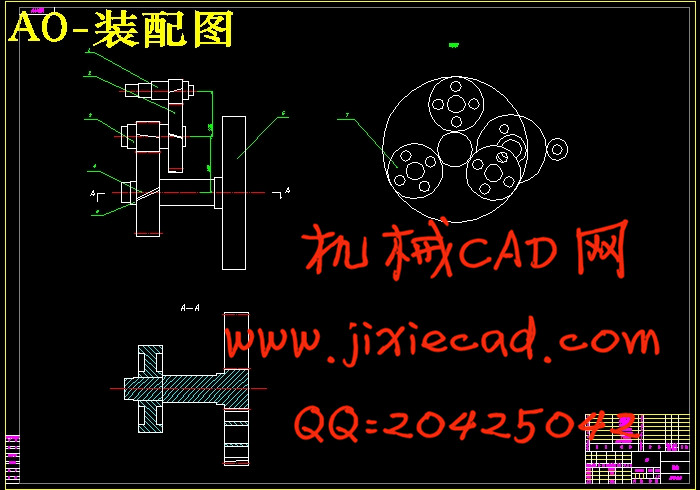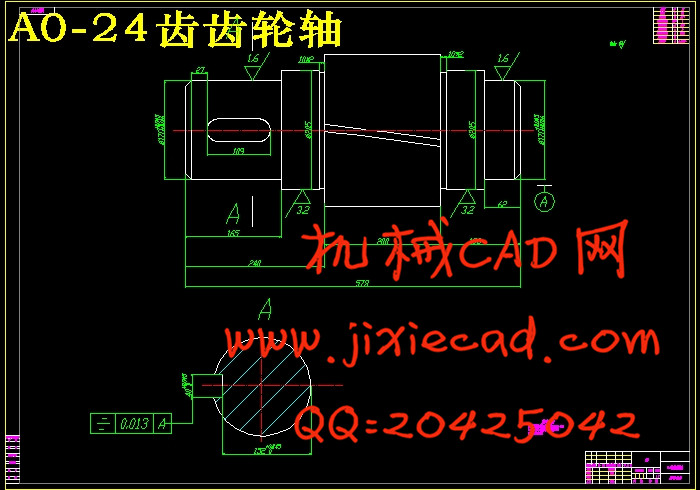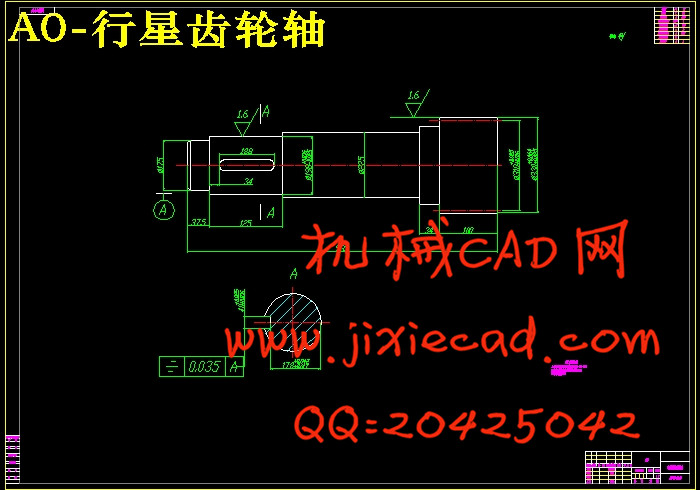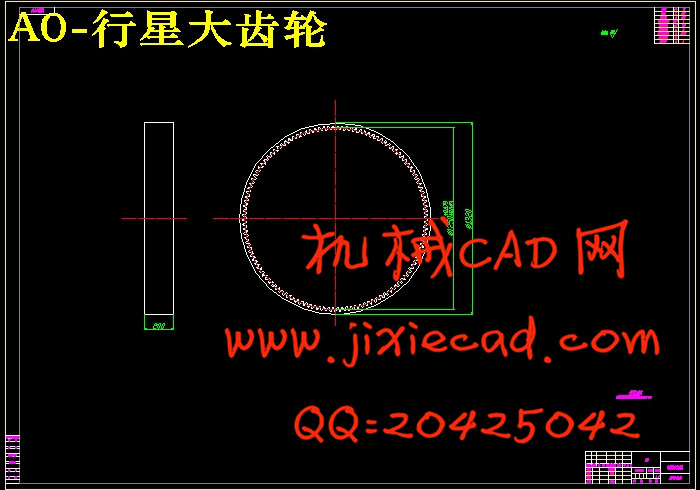设计简介
摘 要
随着化石燃料的日益减少,能源问题已成为关系国民经济发展和人类生存的重要问题,对可再生能源的开发和利用迫在眉睫。风能是一种干净的、储量非常丰富的可再生能源,它不会随着其本身的转化和利用而减少,可以说是一种取之不尽、用之不竭的能源。由于风力发电其环境效益好,风电场建设周期短,占地面积小,广泛受到各国的关注,我国也正在大力研究风力发电技术。本文主要做了以下几方面的工作:首先,确定增速箱的机械结构。采用一级行星加上两级圆柱齿轮传动综合行星齿轮传动的小型化和圆柱齿轮的大传动比,按照所给定的工作环境变量确定齿轮副参数和传动部件的结构其次,利用回差分析理论分析侧隙对回差的影响和齿轮传动中可能出现的三类回差来源(齿轮本身的固有误差,装置误差,其它误差),并详细计算了各级传动中的回差的大小,检验结构精度分配的正确性,提出减小回差的措施。应用三维软件Pro/E建立增速系统模型,利用ANSYS有限元软件对关键零件进行强度分析。
关键词:风力发电;增速系统;行星传动;回差;接触分析
Abstract
This paper has done the following work : first, determine the mechanical structure of the speed increasing box. Large transmission adopts miniaturization and cylindrical gear planetary plus comprehensive planet two cylindrical gear transmission gear ratio, according to the given work environment variables determine the gear parameters and the transmission part structure secondly, using the return difference analysis possible effects of backlash on the return difference and gear in the three kinds of error sources ( inherent error, the error of gear device, other errors), and detailed calculations of the levels of transmission of the return difference size, validate the structure accuracy allocation, is proposed to decrease the error measures. Application of 3D software Pro\/E to establish the growth model of the system, analyze the strength of key parts by using the finite element software ANSYS.
Keywords:wind power generation system;growth;planetary transmission;hysteresis;contact analysis
目 录
摘 要 IAbstract II
目 录 III
1 绪论 1
1.1课题背景 1
1.2研究的目的和意义 1
1.3风力发电在国内外的研究现状 1
1.3.1国外风力发电机的发展现 1
1.3.2我国风力发电现状 2
1.4风力发电机系统 3
1.4.1风力发电机简介 3
1.5风力发电机的结构简介 3
1.6风力发电机增速系统简介 4
1.7课题研究的主要内容 4
2 增速装置的结构设计 6
2.1传动方案的确定 6
2.23Z(II)型行星齿轮增速器装置设计 8
2.3设计计算 8
2.3.1选取行星齿轮传动的传动类型和传动简图 8
2.3.2配齿计算 8
2.3.3初步计算齿轮的主要参数 9
2.3.4啮合参数计算 9
2.3.5几何尺寸计算 12
2.3.6装配条件的计算 14
2.3.7传动效率的计算 15
2.3.8结构设计 16
2.3.9齿轮强度验算 19
3齿轮传动的回差分析 24
3.1侧隙与回差的关系及来源 24
3.1.1侧隙的分类 24
3.1.2不同侧隙的关系 25
3.3本章小结 26
4 中心轮和行星轮齿面接触分析 27
4.1齿轮接触有限元算法 27
4.2接触分析 28
4.2.1齿轮接触有限元模型 28
4.2.2齿轮副齿面接触应力求解 29
4.2.3ABAQUS三维接触分析结果 29
4.3本章小结 30
5 总结 32
参考文献 33
致 谢 34










